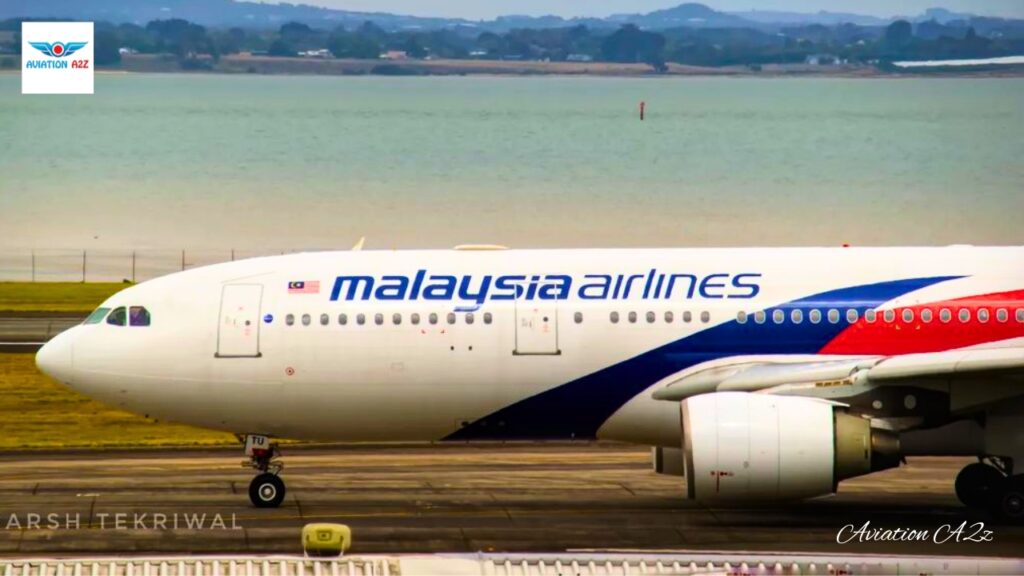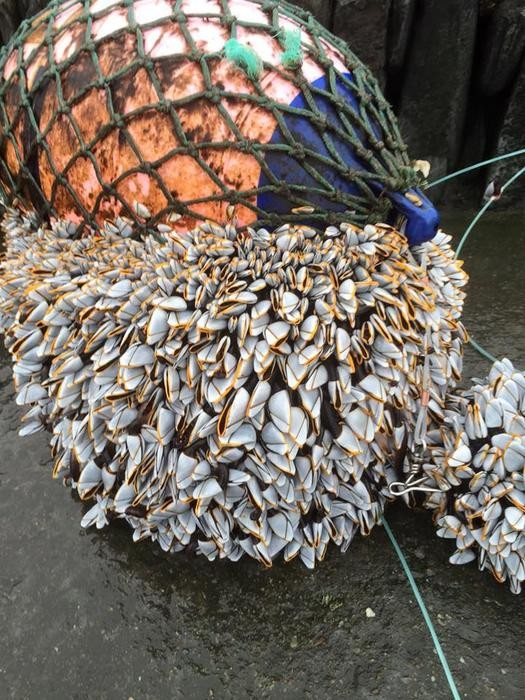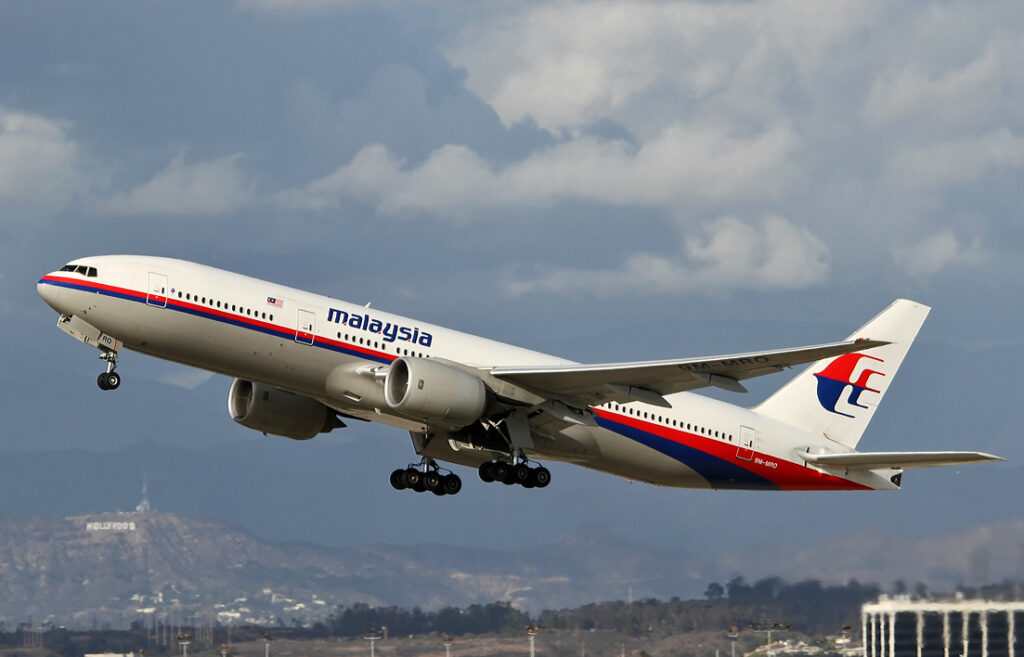FLORIDA- Under the leadership of a geoscientist from the University of South Florida, an international group of researchers has developed an innovative approach capable of reconstructing the drift trajectory and source of wreckage from Malaysia Airlines (MH) flight MH370.
This aircraft disappeared in 2014 while flying over the Indian Ocean, carrying 239 passengers.

South Florida Scientist Can Find Malaysia MH370 Wrekage
Associate Professor Gregory Herbert was deeply intrigued by the photographs of the plane debris discovered on Reunion Island, situated off the African coast, around a year after the tragic incident.
“When I observed the barnacle-covered flaperon, it was evident that this discovery held significant potential. Immediately, I initiated communication with the search investigators through emails, as I knew that analyzing the geochemistry of the barnacle shells could provide valuable insights into the crash location,” Herbert explained.
An expert in evolutionary and conservation biology, Herbert’s research primarily revolves around marine ecosystems, particularly focusing on shelled marine invertebrates like oysters, conchs, and barnacles.
Over the past twenty years, he developed and refined a technique to extract historical ocean temperatures from the chemical composition of these invertebrate shells.
Herbert previously employed this method to ascertain giant horse conchs’ ages and extinction risks and investigate the environmental context of the Jamestown colony’s disappearance.
Shelled marine invertebrates, including barnacles, form their shells in layers similar to tree rings on a daily basis. The chemical composition of each layer reflects the temperature of the surrounding water at the time of its formation.
In their study, which was published in AGU Advances, Herbert’s research team conducted a growth experiment involving live barnacles, enabling them to interpret the temperature records within the shells for the first time.
Following the experiment, they applied the successful approach to small barnacles from the MH370 wreckage.
With collaboration from experts in barnacles and oceanography at the University of Galway, they combined the water temperature data retrieved from the barnacle shells with oceanographic models, successfully creating a partial drift reconstruction.

Barnacles Not Used Yet
“Regrettably, the larger and older barnacles have not yet been made available for study. However, through this research, we have successfully demonstrated the applicability of this method to a barnacle that colonized the debris shortly after the crash, allowing us to reconstruct a comprehensive drift path back to the crash origin,” Herbert remarked.
Until now, the search for MH370 extended over thousands of miles along a north-south corridor referred to as the ‘Seventh Arc,’ where investigators hypothesized the plane might have glided after running out of fuel.
Given the rapid fluctuations in ocean temperatures along this arc, Herbert suggests that this method could precisely determine the plane’s whereabouts.
Joseph Poupin, a French scientist who initially examined the flaperon, proposed that the largest attached barnacles could have potentially colonized the wreckage shortly after the crash and very near the actual crash location.
This insight led Herbert to believe that the temperatures recorded within those barnacle shells could serve as critical clues for investigators to narrow their search.
Even if the plane is not located precisely on the arc, Herbert emphasizes that analyzing the oldest and largest barnacles can significantly narrow down the search areas within the Indian Ocean.
The motivation to uncover the tragic story behind the MH370 mystery has driven all contributors to this project to gather the data and publish their findings.
Nassar Al-Qattan, a recent USF geochemistry doctoral graduate who assisted in analyzing the barnacle geochemistry, expressed,
“The plane disappeared more than nine years ago, and we all worked aiming to introduce a new approach to help resume the search, suspended in January 2017, which might help bring some closure to the tens of families of those on the missing plane.”
This collaborative research involved the efforts of Ran Tao, a USF spatial geoscientist, Howard Spero, professor emeritus from the University of California, Davis, and barnacle experts and oceanographers Sean McCarthy, Ryan McGeady, and Anne-Marie Power from the University of Galway.
Stay tuned with us. Further, follow us on social media for the latest updates.
Join us on Telegram Group for the Latest Aviation Updates. Subsequently, follow us on Google News.

